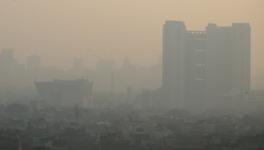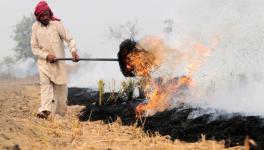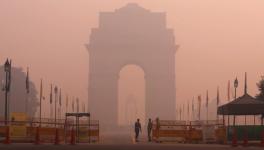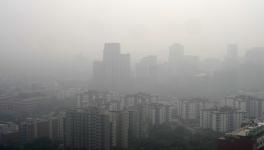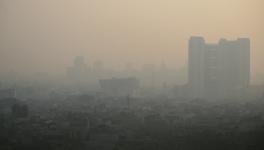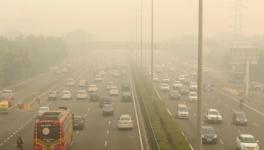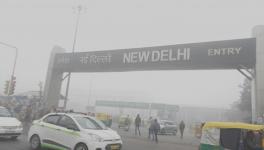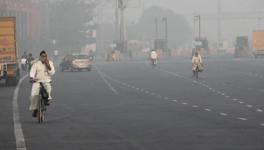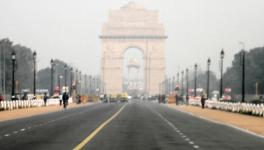Stubble Burning Out, But Pollution Continues to Cast Grey Spell Over Delhi Sky
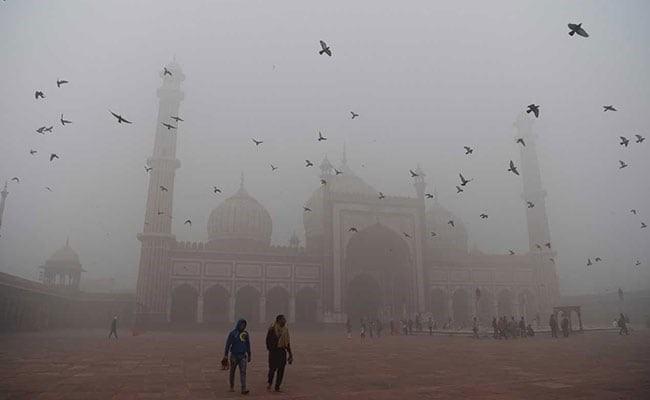
This new year’s dawn has not brought much hope of breathing fresh air for the residents of Delhi. For the last three days consecutively, Delhi’s air has been marked as ‘severely’ hazardous with AQI (Air Quality Index) 404/405. According to the CPCB (Central Pollution Control Board) data,nineteen areas of Delhi recorded severe pollution levels while 14 recorded ‘very poor’ air quality.
What needs to be pondered upon is that how Delhi’s poor air quality continues unabated even as stubble burning in the neighbouring states have ceased. Every year as Delhi steps into autumn, the sky starts getting hazier and much hue and cry is made about stubble burning during that period. Most of the headlines would try to portray Delhi’s air pollution as a result of this stubble burning.
The major air pollutants are PM 2.5 and PM 10. These are the particulate matters that circulate in the air and have diameter of less than 2.5 micrometer and 10 micrometers, respectively. The possible health problems, especially lung and heart problems that these pollutants can cause is widely known.
Stubble Burning and Delhi’s Pollution: A Misplaced Narrative?
We have said in our previous reports that Delhi’s air quality remains poor throughout the year, which becomes visible only at the onset of winter. Several factors which are responsible need to be addressed. Stubble burning is only one of the factors and a transient one.
Also Read: Delhi’s Hazy Autumn Sky: Reasons to See Beyond Stubble Burning
The visible worsening of Delhi and NCR’s air quality mid-autumn onwards is primarily due to the phenomenon called the Inversion Effect. Around mid-autumn, when the temperature starts decreasing, cooler air stays near the ground. This is the inversion effect—a layer of warm air settling above the cooler air below. This prevents the vertical dispersion of the cooler air. With the cooler air settled near the ground, pollutants in the air also remain near the ground. On the other hand, during summers, the air near the ground also gets heated up with the temperature, and the hot air disperses vertically. With the inversion effect not in place, the pollutants also rise to higher altitudes and eventually get dispersed. In winters, more biomass is burnt for heating than in summers.
The differential climatic conditions during winter and summer can be thought of as the reason for winter smog at the first place.
Also Read: Stubble Burning and Smog: Farmers as Scapegoats
But the pollutants remain there throughout the year. Stubble burning becomes a factor during October-November only, which is transient. Obviously, stubble burning is a contributory factor to the air pollution, but it is only one part of the larger pollution-causing agents. The pollutants chiefly are from vehicular emissions, industries, construction, road dust, brick kilns, wood and coal burning.
Let’s have a look at some data. The Central Pollution Control Board’s national air quality monitoring programme (NAMP) shows a clear trend of increasing PM 2.5 and PM 10 particles in Delhi, with pacing in 2015, 2016 and 2017. The data shows that the annual average of PM 2.5 has exceeded the standard value of 40 micrograms per cubic meters since 2009 and since 2015 it has been on an increase by 2-3 times above the standard mark.
The continuous increase in PM values is an indication of local emission level. Stubble burning is obviously contributing towards it, but can’t be considered as the only factor, as is being portrayed by the media.
The Way Out: Beyond Air Purifiers
The first measure that Delhi can think of is a better public transport system. A joint study by Frank J Kelly of King’s College, London and Tong Zhu of Peking University, Beijing published in Science in 2016, showed how a robust public transport system could lead to more car free urban roads. In their comparative study of London and Beijing, they had proposed a way out to meet the challenge of greater mobility of people in urban areas and reducing the air pollution. Their proposal is to develop a mass public transport system. The particulate matters and the nitrogen oxides emanating from the fossil fuel run vehicles could be decreased by adopting such policies.
In Delhi, the effort of odd even number cars in alternate days during the winter did not sustain for long. Measures to inspire people for avoiding cars and using public transports can prove fruitful but only with changes in the level of policy.
Construction work has to be developed in a way so that less dust and particulate matters are produced. Instead of going for a more sustainable approach, putting in place some abrupt stay orders in all construction works forces a huge section of the working people into a sudden livelihood crisis.
The road conditions have to be maintained properly, especially, proper paving of all areas around roads and footpaths is necessary. Unpaved footpaths are one of the leading causes for suspension of PM.
Promoting ways for cleaner production process at factories should also be formulated. There could be a setting of production time cycle for heavy industries—a time limit within which a heavy industry can produce in a given time zone.
These could be some of the primary and immediate steps that Government agencies can think of adopting if serious concerns about Delhi’s pollution and public health are to be reflected in their policies. Surely, proliferation of indoor air purifiers is nowhere near to any solution.
Get the latest reports & analysis with people's perspective on Protests, movements & deep analytical videos, discussions of the current affairs in your Telegram app. Subscribe to NewsClick's Telegram channel & get Real-Time updates on stories, as they get published on our website.









